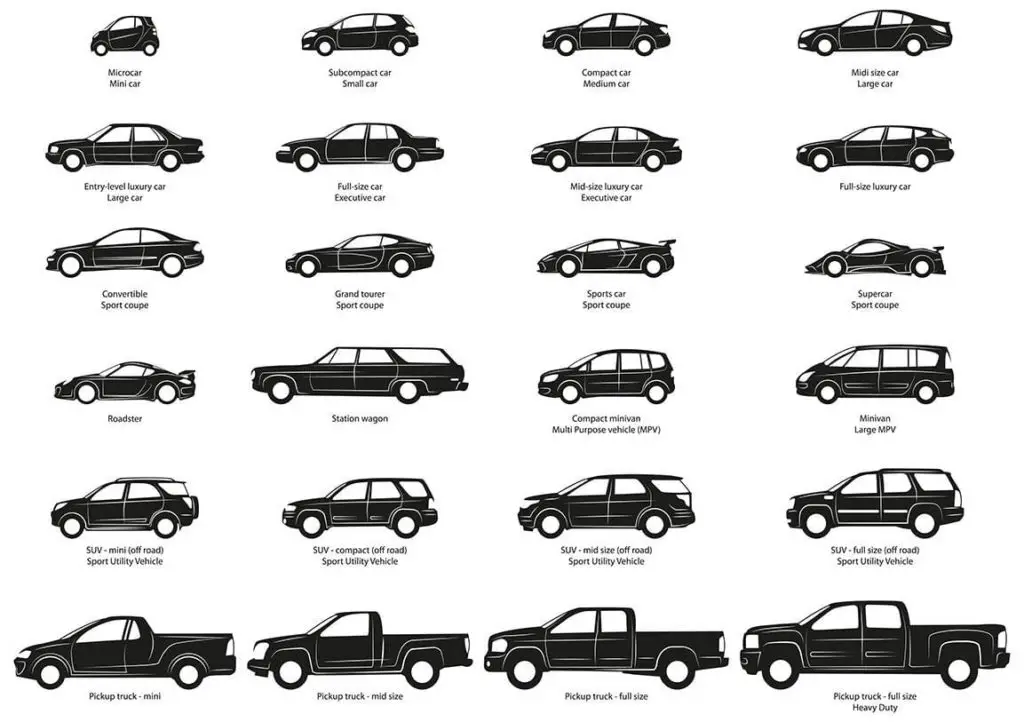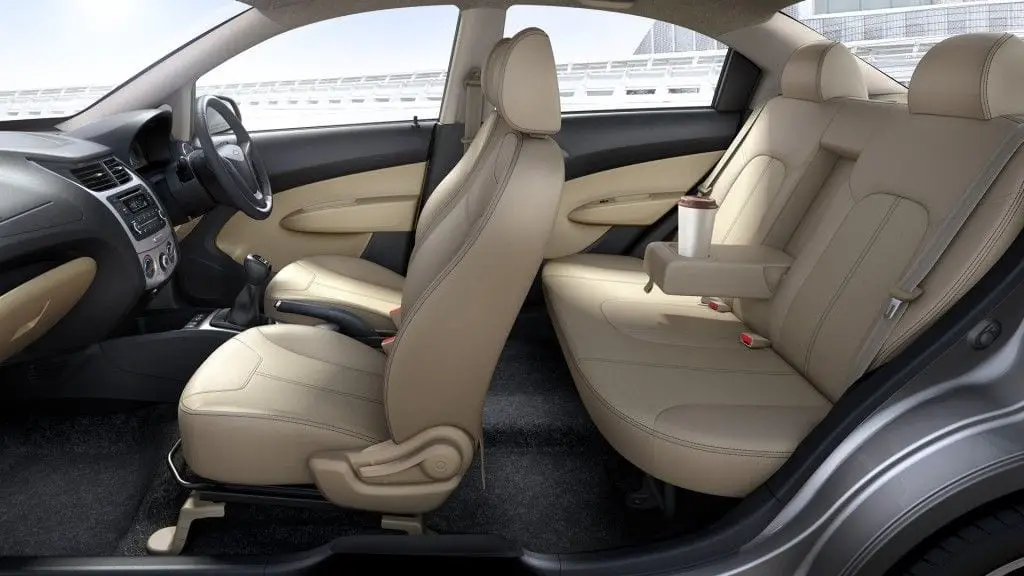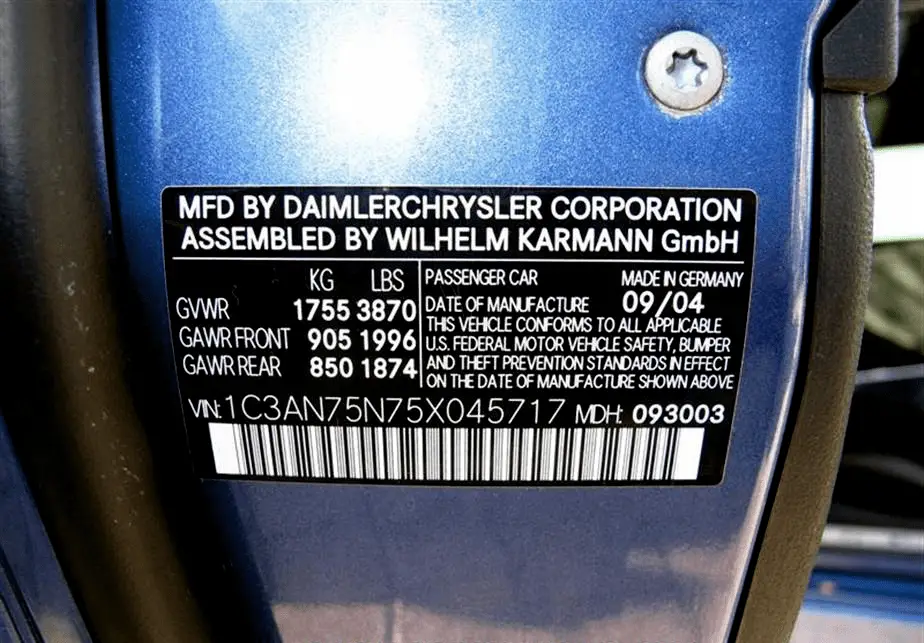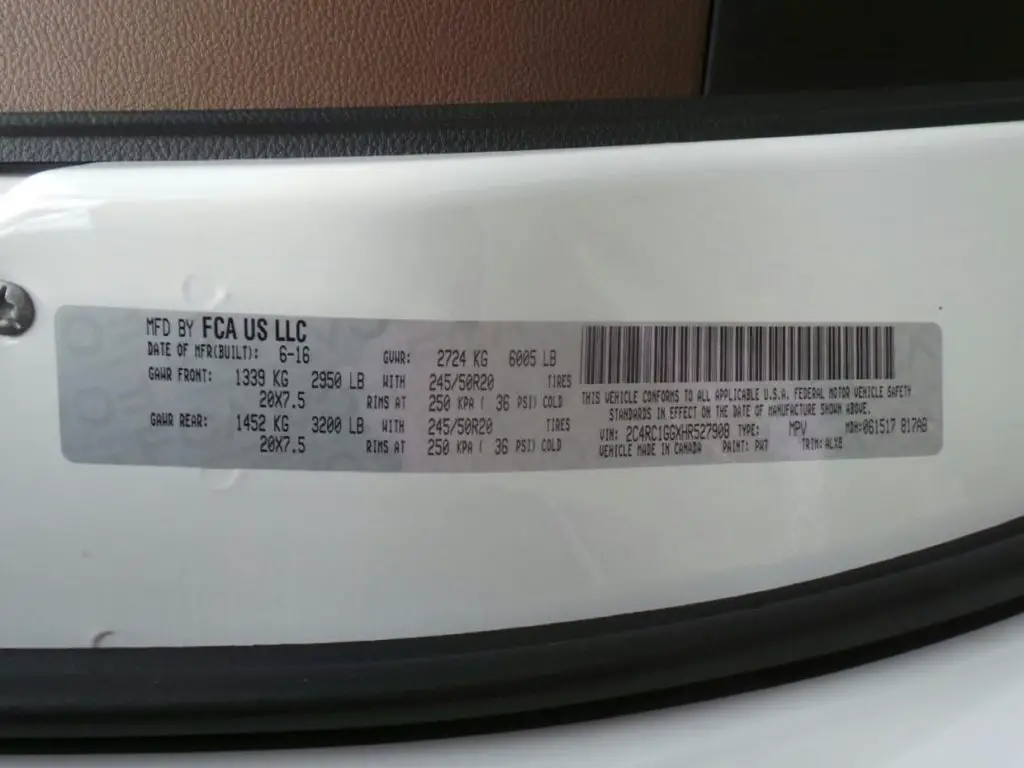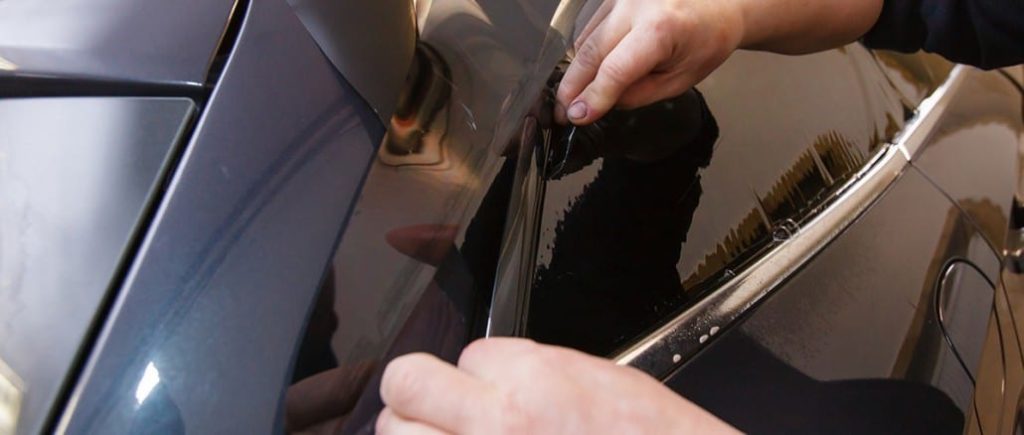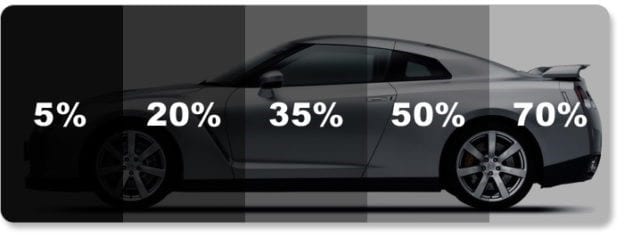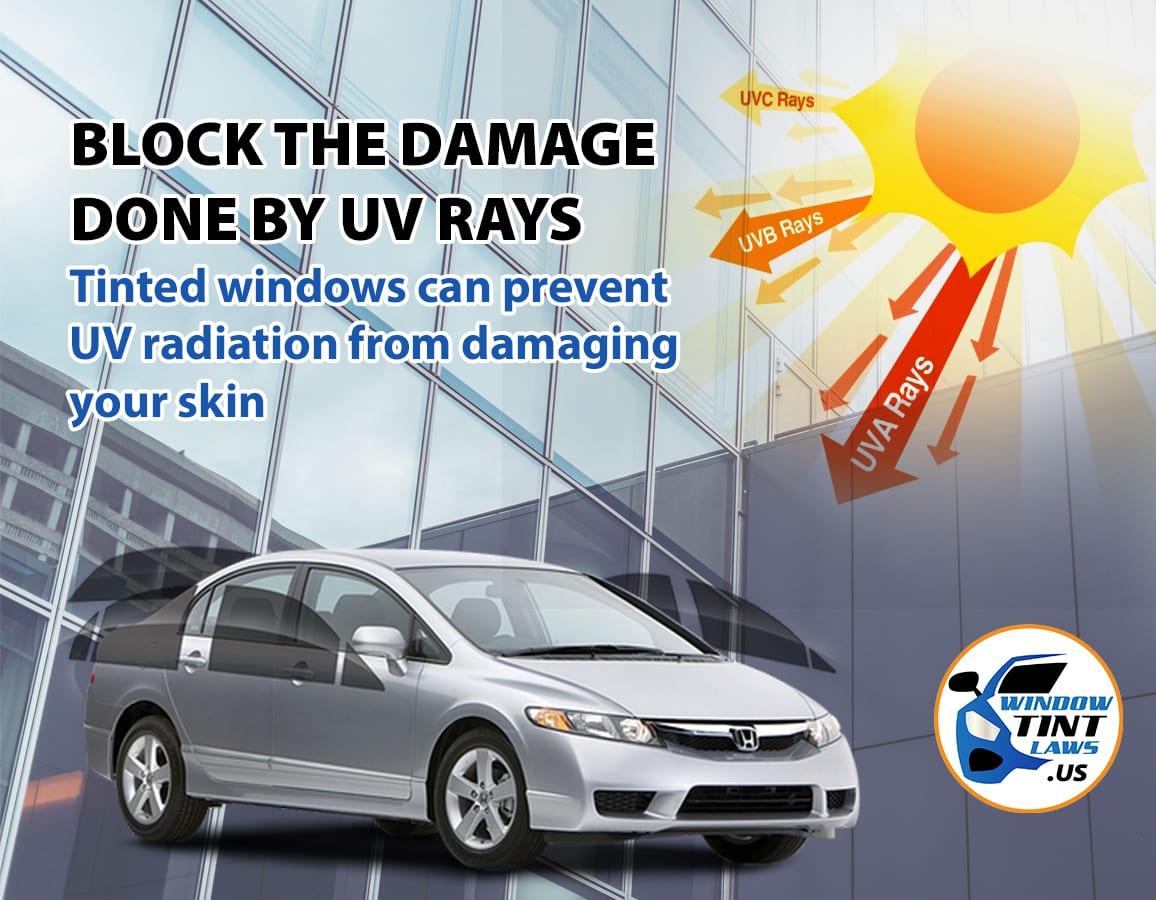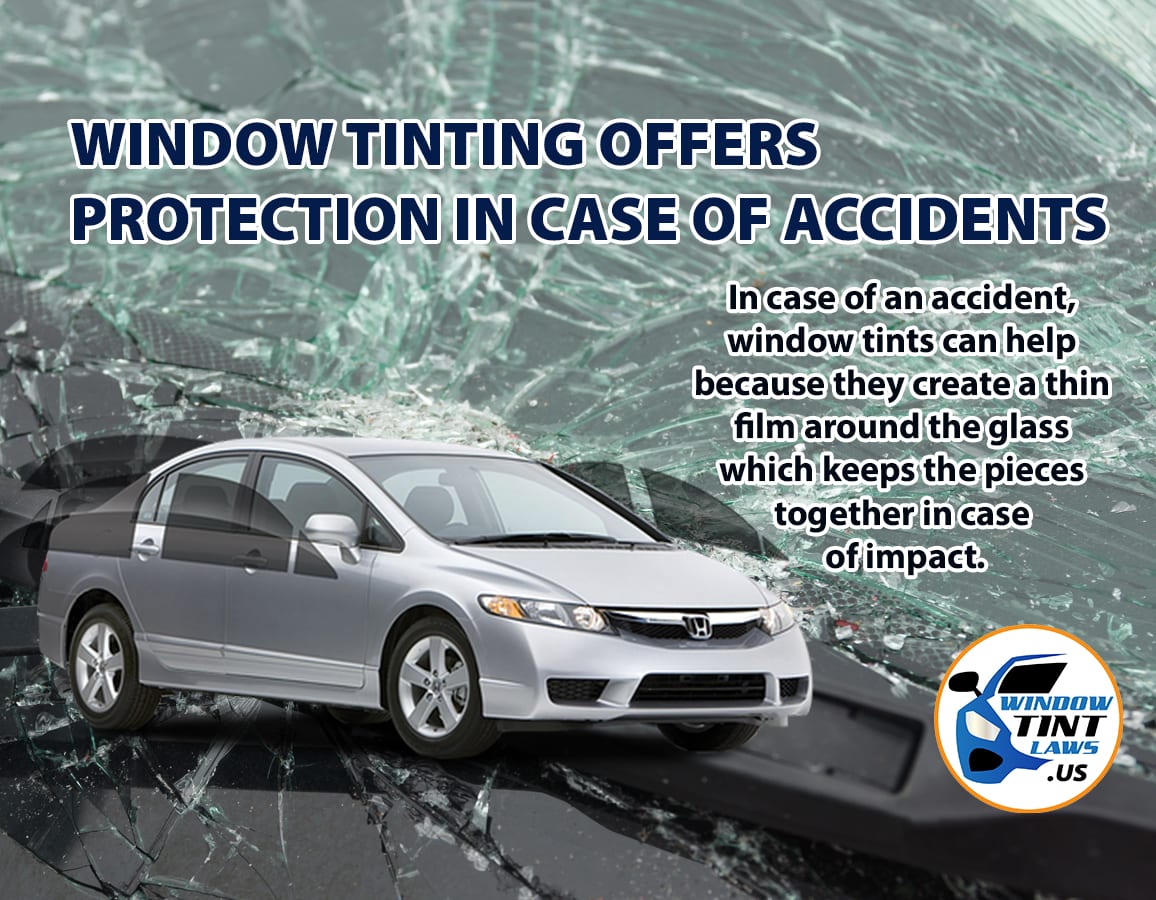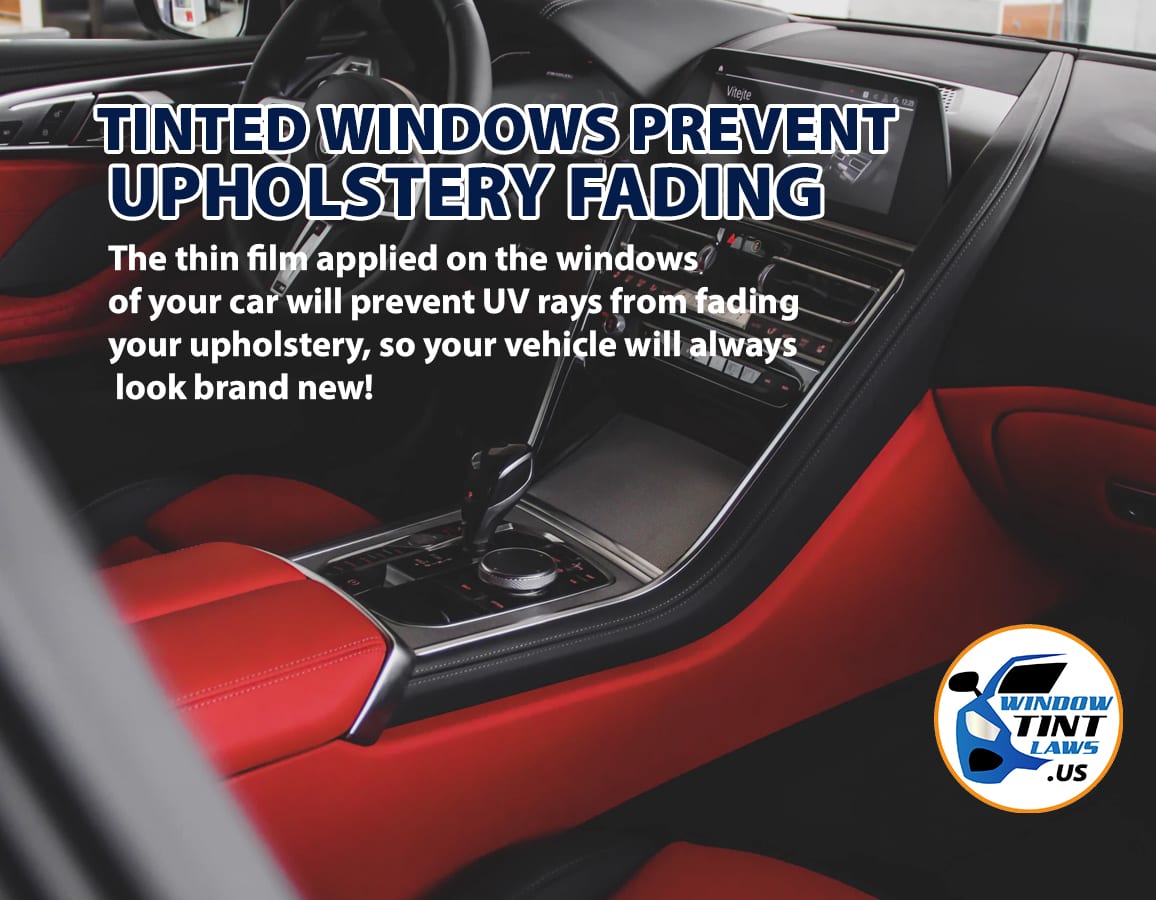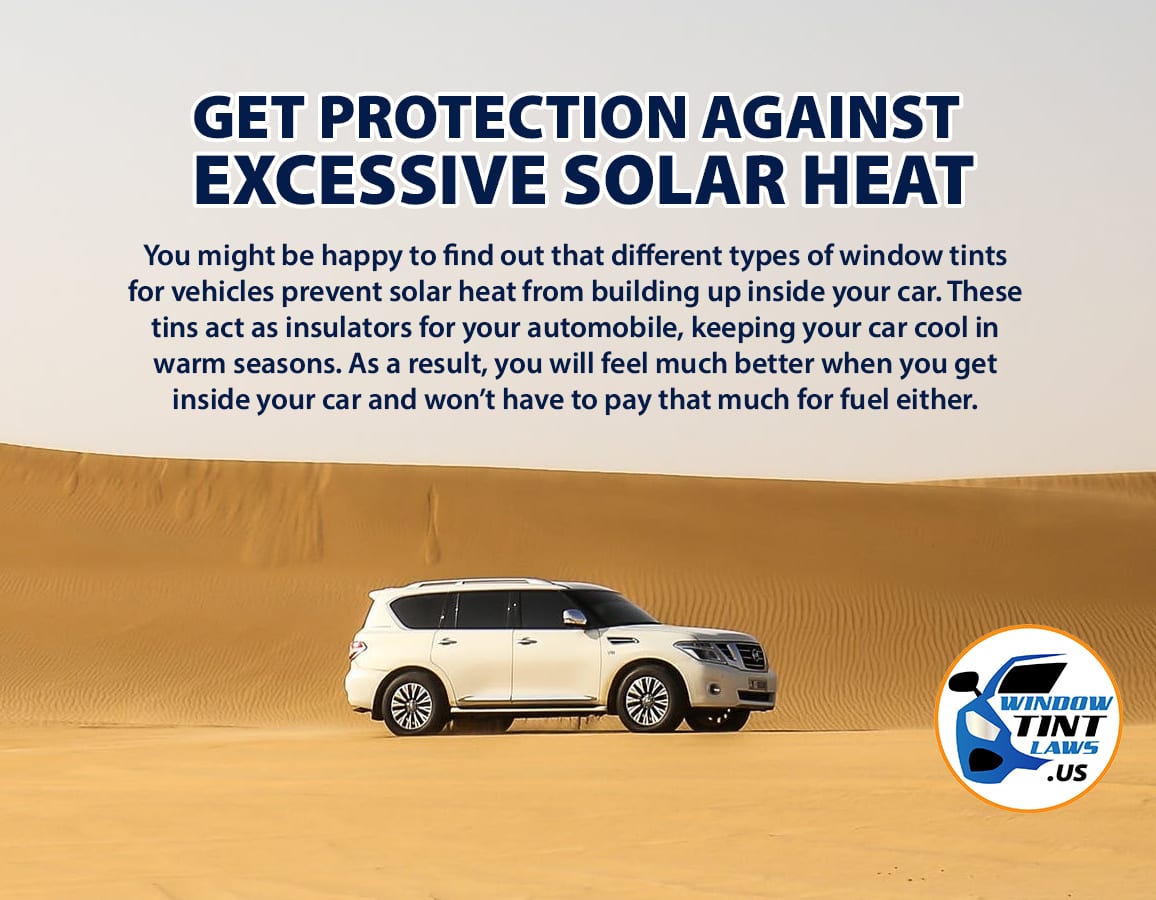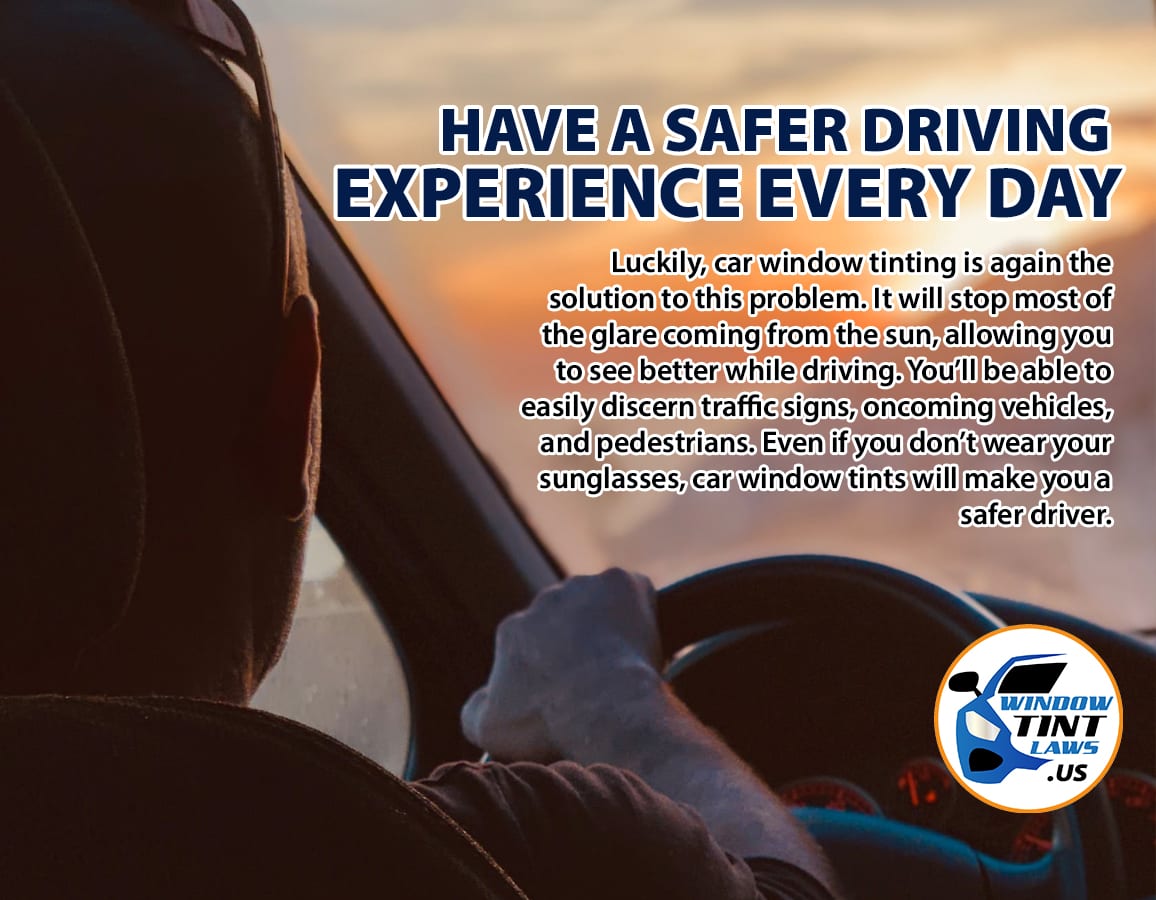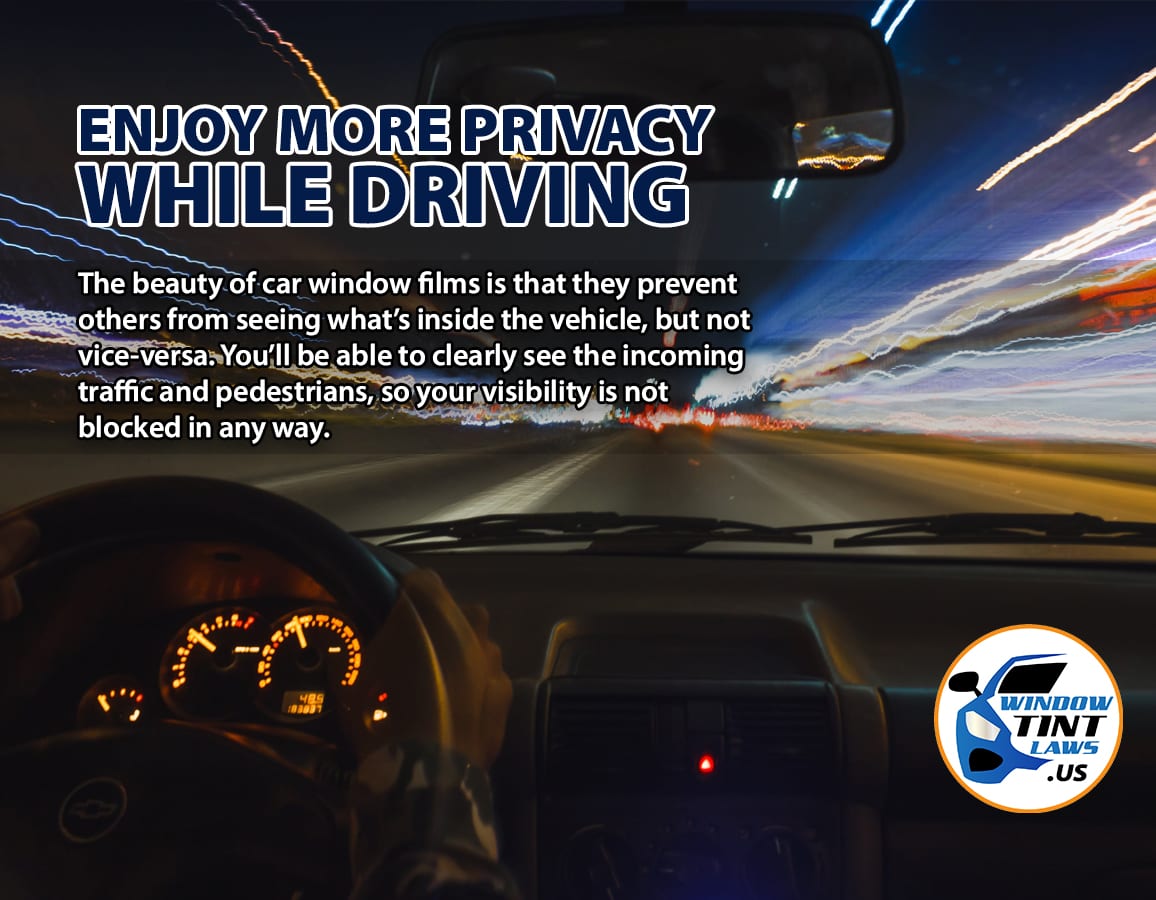Did you know that back in 2018, people in the US were almost 17 times more likely to die from heart disease than a car crash? After all, the odds of dying in a car crash back then were 1 in 106 while it was 1 in 6 for heart disease.
1 in 106 is still very high though. For instance, in 2019, fatal car crash incidents in the US killed an estimated 38,800 people.
At the very least, car crashes injure up to three million people in the country each year. Many of these injuries, unfortunately, are severe enough to be debilitating and long-term.
In this Car Crash 101 guide, we’ll talk about all these serious side-effects that a collision can lead to. So, be sure to keep your eyes glued to this page so that you’ll know what to do in case you get involved in one!
1. Whiplash Injuries
Some estimates put the rate of whiplash injury sufferers in the US at two million every year. Rear-end collisions aren’t the only cause, but they are some of the most common. For one, because these neck injuries can occur at speeds of as slow as five mph.
Whiplash injuries can happen in any situation that forces the head to move back and forth in a rapid motion. This sudden movement can tear or damage the soft tissues in the neck. As a result, the damaged tissues swell and can then exhibit symptoms such as soreness and pain.
Whiplash symptoms often occur within the first 24 hours after a car accident. However, they can appear days or even weeks later. What’s more, researchers say that, in some people, a full recovery can take up to three months!
Worse, up to 50% of whiplash patients are at risk of suffering from long-term complications. These include widespread pain, numbness, muscle weakness, headaches, fatigue, and even blurred vision.
2. Cervical Bone Fractures
About 800,000 Americans sustain car crash neck injuries, including whiplash, each year. These neck injuries include cervical bone fractures. They can occur when the neck gets exposed to trauma severe enough to damage the bones themselves.
That said, cervical fractures are breaks in one or more of the bones that make up the cervical spine. There are seven neck bones in this section of the spinal column. If any of these breaks, you’re most likely to suffer from swelling, tenderness, and severe pain.
3. Cervical Spinal Dislocation
Car accidents cause about half of all cervical spine injuries, including neck dislocation.
Cervical dislocation usually starts as an injury to the ligaments in the neck. From here, the injury causes two or more adjoining neck bones to separate from each other. As a result, the neck becomes unstable, leading to localized stiffness and pain in the neck.
Left untreated, however, cervical dislocation can render the entire spinal cord unstable. This is a life-threatening instability that warrants immediate medical attention.
4. Traumatic Head and Brain Injuries
Traumatic brain injuries account for almost a third of all injury deaths in the US. These injuries occur after the head suffers a blow or a penetrating brain injury. A car crash, for instance, can send someone’s head banging against the dash or the windshield.
Even if there’s no penetration, a severe blow can shake the brain enough to disrupt its functions.
Some minor head or brain injuries, such as mild concussion, usually resolve on their own. However, the more serious ones can give rise to symptoms even decades after. In fact, as many as 5.3 million people in the US live with a disability that resulted from traumatic brain injuries.
5. Herniated Disc
Disc herniation occurs when the nucleus of a spinal disc “leaks” due to a rupture in the disc annulus. The nucleus is the fragile, jelly-like substance in the center of each spinal disc. The annulus, on the other hand, is the tough, rubbery band that covers the entire disc.
That said, it takes quite a lot of force for a disc to rupture, which is why aging is the most common cause of herniation. However, they can also happen due to severe force or trauma, such as in the case of car crashes.
What’s more, the symptoms of herniated discs may take time to appear. In a car crash study, for instance, one in five patients younger than 60 had no symptoms at first. Upon closer examination, their doctors found that they actually had a herniated disc!
6. Chest Injuries
Also known as thoracic trauma, chest injuries cause up to 35% of trauma deaths in the US every year. Vehicle collisions are the main cause of such injuries, causing up to 80% of blunt chest trauma cases.
Chest injuries in car collisions can occur when a person takes a serious blow to their chest. For instance, a crash can propel a driver not wearing a seatbelt toward the steering wheel. The force can then break one or more of the driver’s rib bones.
7. Chronic Pain
In one study, 26% of 161 patients reported moderate to severe pain six months after a car crash. In a separate study, over a third of patients who had chronic pain said their suffering is due to a car accident. In another study, 10% of car crash patients who had widespread pain still had symptoms one year after!
Car Crash 101 Takeaway: See a Doctor Right After a Traffic Accident
Based on all these scientific studies, vehicle collisions can result in long-term side-effects. These findings prove that crash injury symptoms can develop at a later time. Worse, they can stay hidden, even though they’re already wreaking havoc inside the body.
That said, the key takeaway in this Car Crash 101 guide is to never put off a doctor’s visit if you get into a crash. As soon as you can, pay a car accident specialist a visit to undergo extensive testing. This way, you can make sure that you don’t have any hidden injuries that may lead to long-term pain and suffering.
Ready for more of the latest car and driving news, laws, and guides? Feel free to check out our most recent blog posts then!

